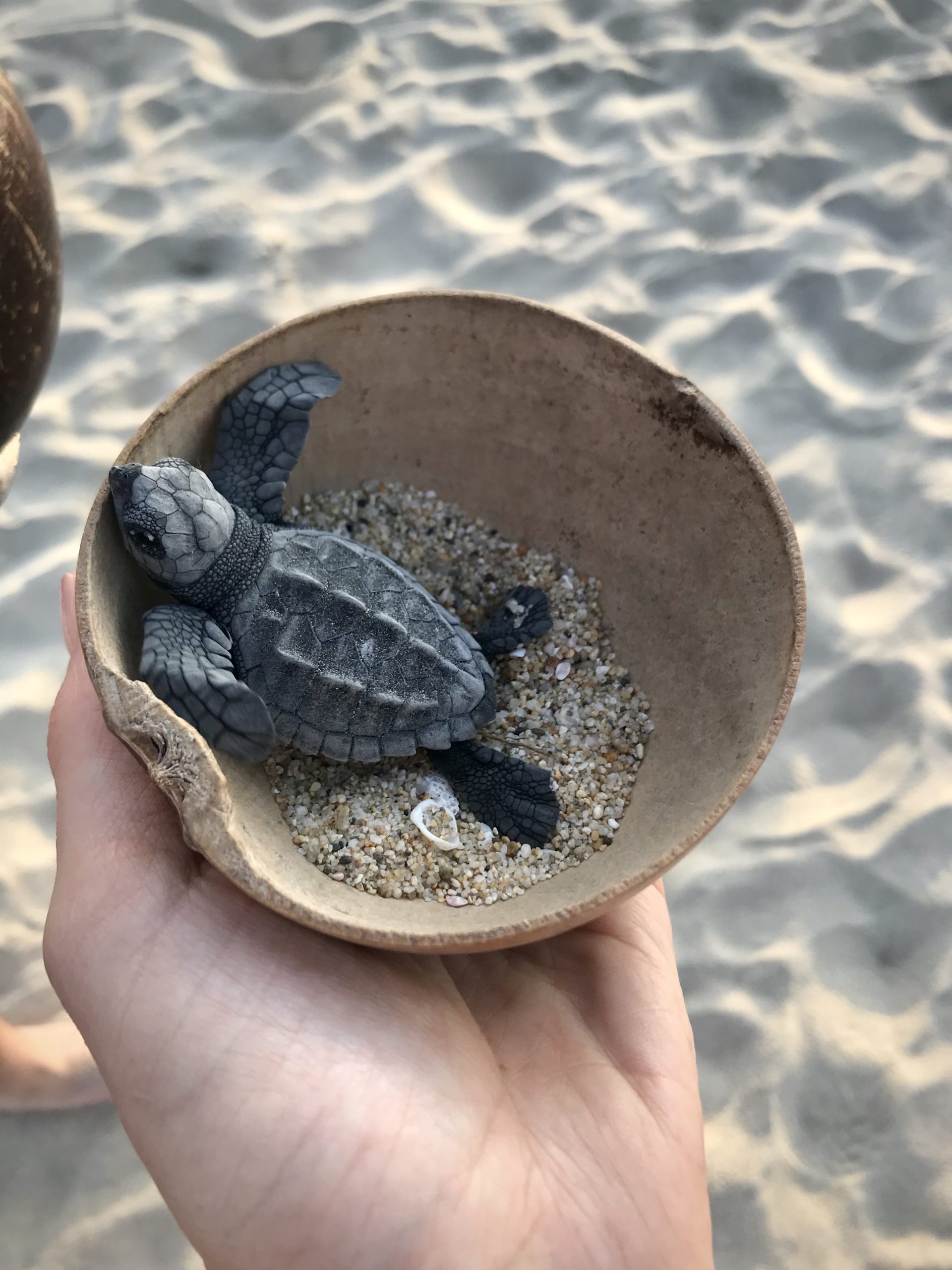
I can’t believe I even have to go into further explanation here. Sea turtles. Babies. Bam.
Every travel blog I consulted before my visit to Puerto Escondido suggested the turtle release as a must-do event. And although they all raved about it, somehow I wasn’t convinced. Call it my skepticism, but it just didn’t sound thaaaat amazing. The gist I got was something like this: You pay 100 pesos per turtle that you’ll be releasing, hear about the good work being done at the hatchery, and then let the turtle go—taking photos along the way of course, based on the pics I saw of travel bloggers holding their tiny turtles in coconut-shell bowls. It sounded to me a bit like a “pay-for-the-insta shot” situation. But because there were turtles, and baby ones at that, I not only went, but I even wrangled NG out of his three-day Montezuma’s Revenge to come with. Happy to report that I was way off base and to pass along the same advice as all the others: this is one thing you MUST do when in Puerto Escondido.
At 5pm we walked over from our hotel on Playa Coral to the expansive Bacocho Beach, where the turtle conservation center is located, and forked over our pesos. Let’s free some turtles. The organization is called Vive Mar, and they host turtle releases like this one at 5pm every night. Part fundraiser, the 100 pesos goes to support the good work the employees are doing, and they’re doing a lot. The releases also help to raise awareness of the plight of the sea turtle and, hopefully, to convince people to do more to minimize their environmental impact. The other reason for the releases probably goes without saying: Baby sea turtles need to make it to the sea.
After paying our dues and checking out some merch, we milled about with the other forty or so attendees, waiting until it was turtle time. The group was split into two, one English and one Spanish. The English guide (Yes, Karen, I went with the English guide. Judge away.) told us about the species of turtles found in Mexico: Leatherback, Green, Black, Hawksbill, and Olive Ridley. He told us how the female turtles return to the same exact beach where they were born to lay their eggs. He explained some of the many dangers these eggs, and later, the turtles inside, face.
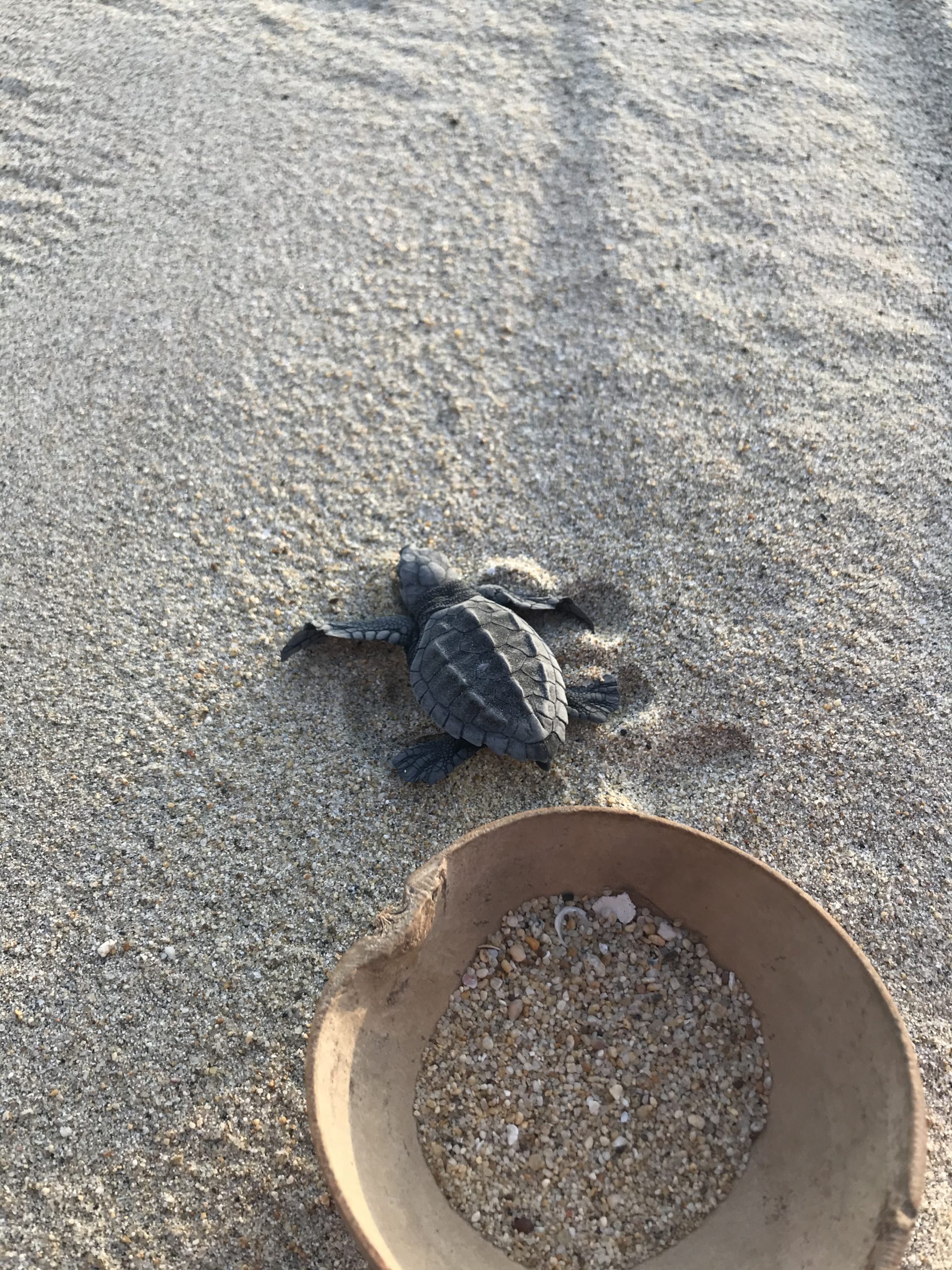
And he's off!

Proudest parent
Sea turtles have hard lives. Only about 1 out of every 1,000 eggs laid will make it to sea turtle adulthood. From the time an egg is laid, it is constantly at risk of being eaten, either by another animal, or, in this part of Mexico, a human. Every night the employees at Vive Mar scour 27 kilometers of beach looking for turtle nests. They retrieve the eggs and bring them back to the hatchery, where they can incubate without risk. They don’t just keep the predators away, they also keep the temperature regulated so that there will be a mix of male and female turtles. Oddly enough, the temperature of the egg actually determines the sex of a sea turtle. Having that mixture of sexes is critical to the survival of these endangered species.
Once the egg hatches and the baby turtle emerges, he or she has only a very short window in which to make it into the sea or they will die. ROUGH. This is why every night around sunset (when it is not too hot for them) the baby turtles are released to begin making their way. The path to the sea is full of obstacles for the tiny wonders. Crabs pop their claws and beady little eyes out of the sand, trying to pull the turtles in. Sea gulls dive from overhead to have a tasty turtle snack. There’s good old-fashioned confusion, and not only as a result of just being hatched. Light pollution can leave the babies mixed up and heading towards buildings and roads instead of the sea. Baby turtles are extremely tiny and, not surprisingly, so are their lungs. Because of this they cannot dive deep and must stay close to the water’s surface to breathe. This makes them targets for those asshole seagulls for weeks, along with larger fish and other animals. Finally, when they’ve grown up to be strong turtles, able to swim on their own and roam the high seas, when all should be well in their majestic lives, they go to have a snack of their own—a delicious jellyfish.
BUT THEN IT TURNS OUT ITS NOT A JELYFISH, IT IS A PLASTIC BAG, AND THE TURTLE DIES.
Ya, man. They’re getting it from every possible angle. I hope you think twice about that sandwich baggy today.
Anywho, it’s important to save these creatures not just because they’re fucking majestic, but because they are an important part of our ecosystem. Unfortunately for them they are also the canary in the coal mine, showing with their dwindling numbers, the extent of the damage humans are causing.

Sunset at Bacocho Beach
After we learn the heartbreaking tale of the turtle and the heroic account of Vive Mar’s conservation efforts, it is time to do the deed. What we’ve all been waiting for. They explain to us before we get our turtles that they’ll be placed in a coconut shell, and not to touch them because their tiny little bellies are still developing and our filthy human hands can cause infections. We all line up and, one-by-one, the guide scoops a baby turtle into each person’s coconut bowl. We were encouraged to name our turtles and my bundle of cuteness was named Taco. We then move to a designated area to release them into the wild to begin their long, difficult journey.
There are rules. The no touching thing, for example. You also are not allowed to pass the line of the designated release area. Any footprints in the sand make it harder for them to find their way. They’re reeeeeally tiny. So your size 10 shoe is like a crater in their path. Because of this, and because of the “Circle of life,” we are also not allowed to intervene to help them get to sea. No following them, no gentle nudges, no stepping on crabs.
We are, however, able to give the crabs and gulls a run for their money.
“The small crabs can’t pull the turtle down, only the large ones can,” the guide had told us.
And while we weren’t allowed to accompany our new babies on their journey, we could feel free to toss a handful of sand at any lurking, creeping crabs. Later, towards the end of the release, two employees of the hatchery stood by the water with handfuls of wet sand, ready to pelt any seagull who dared make the dive into our mini turtle herd. They put up a good fight and I appreciated their dedication, but unfortunately, in the end, there were still some casualties. No matter how much you love nature, the “circle of life” argument can be hard to accept.
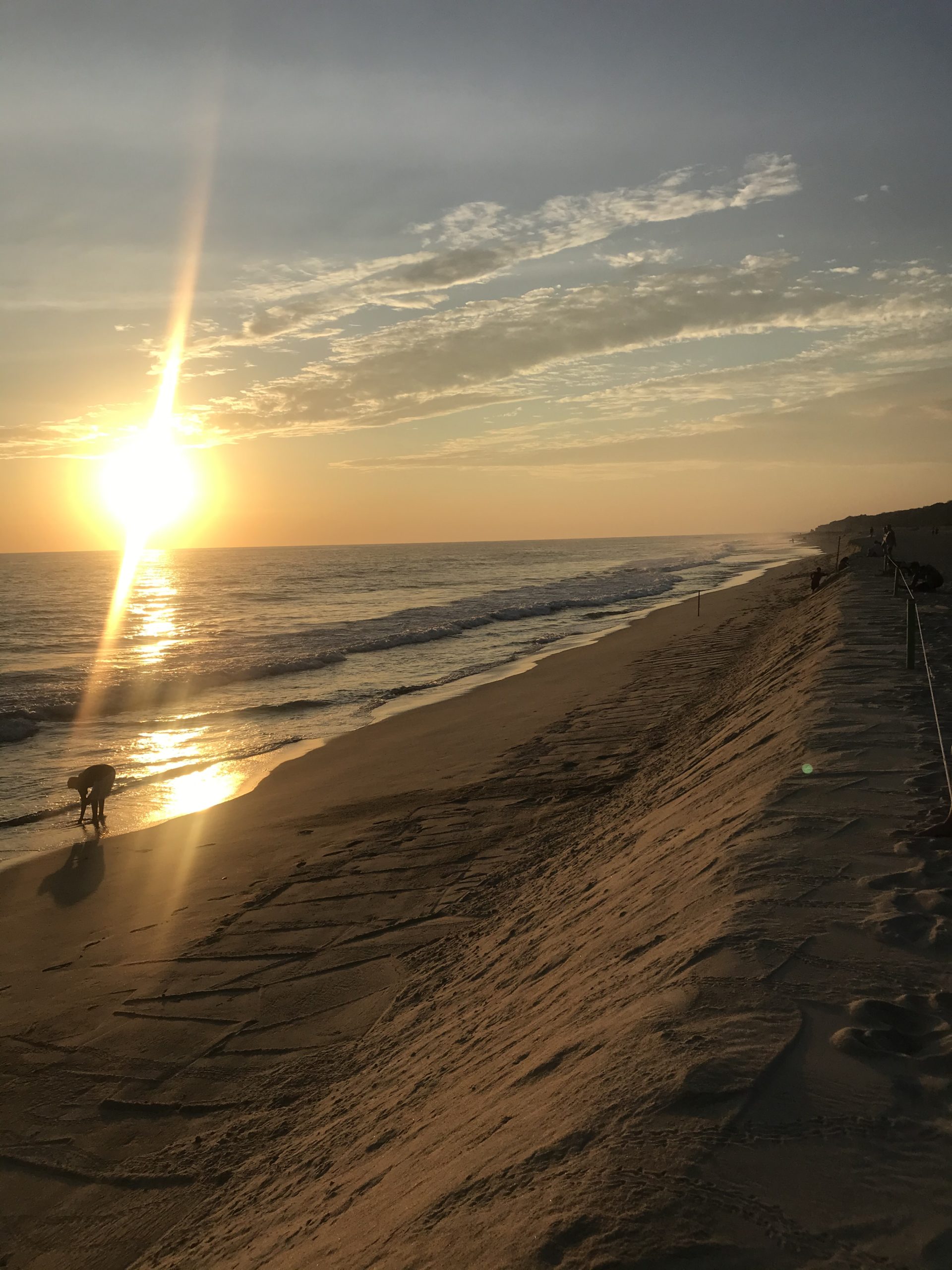
Crossing the release line is a big No-no
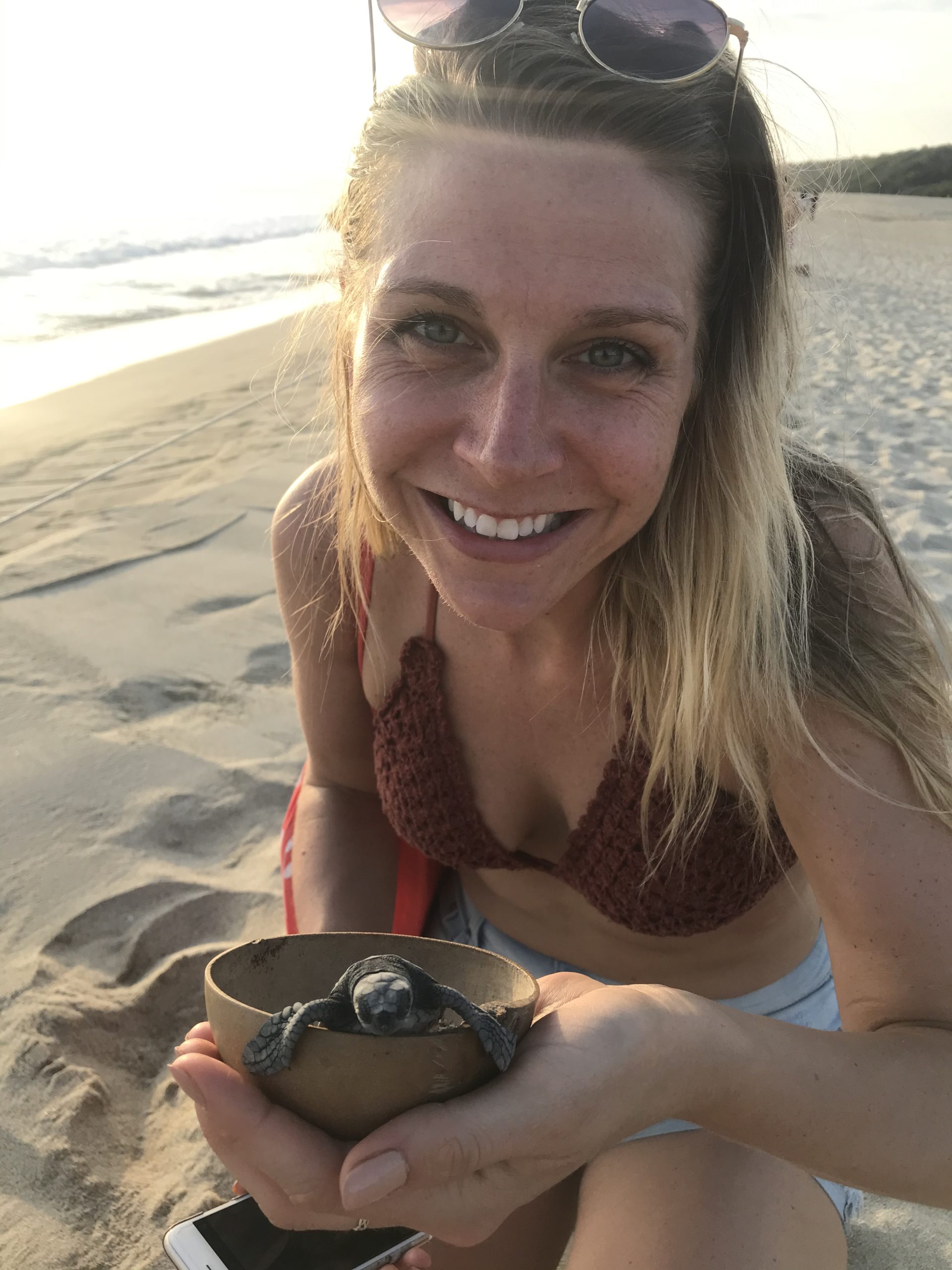
Death by cuteness
Taco was ready for the sea. He nearly jumped out of my coconut bowl, at chest height, just moments after I got him. I felt happy that all his tiny turtle instincts were kicking in and that he knew it was time to go. When I lowered him to the ground he took off and never looked back, his little flippers making waves in the sand. I cheered him on until he reached the water, feeling, sadly or not, the closest I’ve felt to a proud parent moment. But it didn’t end there.
Once he was out of sight, and onto his next great challenge, I turned to the other turtles who were making their way more slowly. I cheered on NG’s turtle, Lucha, another quick one, who made it into the waves just a minute or two after Taco. A nearby turtle, Valentina, was struggling. She sat still for a long, long time after her human freed her from the coconut. When she did move, it was slow and looked strenuous. I was nervous for her and she became the cause for at least 7-10 people besides her designated human. We cheered her on together. I fought back tears because it really looked like she wouldn’t make it. Thinking about it, I could cry for her again now. If Valentina was one of the lucky ones that did not get eaten by a seagull that first day, her path would still be treacherous. The way is long, and she looked to be one of the weakest in the bunch.
And this is what all the things I read online about the turtle release failed to express. How emotional it is. Just seeing these tiny (fucking majestic) creatures in real life is incredible in its own right. Watching your new baby make its way to the sea, knowing what a difficult journey lies ahead, even when they themselves don’t. Marveling at the intricacies of nature and the brain and of evolution. Of behaviors passed down, not by mothers but by innate instincts, built over centuries. The pure, exhilarating joy of seeing your turtle make it. The heart-wrenching sadness for those that don’t. And brought about by all of this, the strange feeling, at once comforting and unnerving; We are all tiny pieces of something much greater.
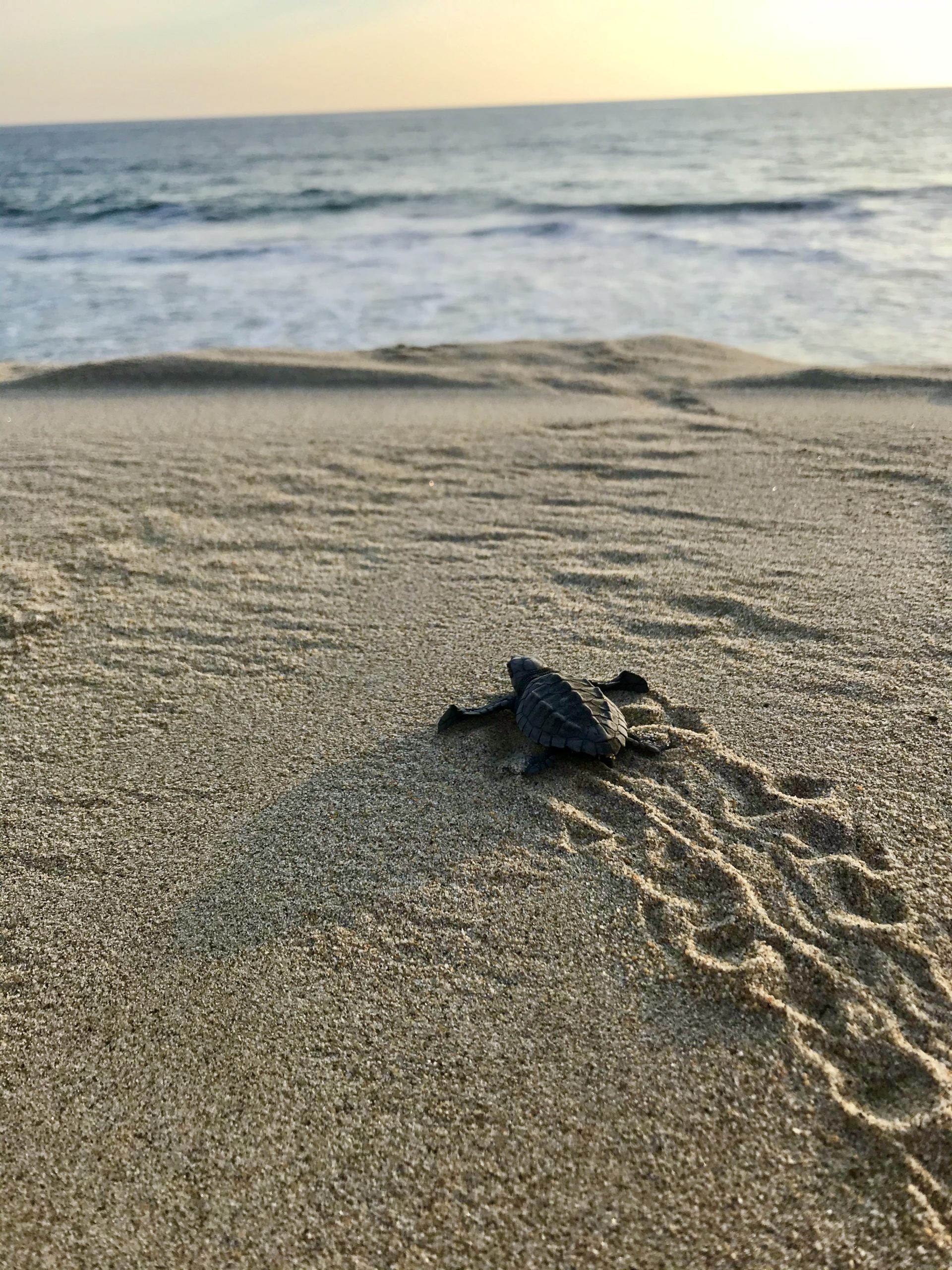
Bye Taco!
The turtle release at Bacocho Beach was the best thing I did in Puerto Escondido and, honestly, one of my favorite experiences in all my time in Mexico. I promise it is a more moving and emotional experience than words can make it out to be, and that you’ll feel different—in a good way—after participating. I recommend doing this activity anywhere it is offered. Check out this other (more detailed) blog post about the turtle release at Bacocho Beach, and if you have any awesome sea turtle recommendations in other destinations send them my way!
Thanks for stopping by!


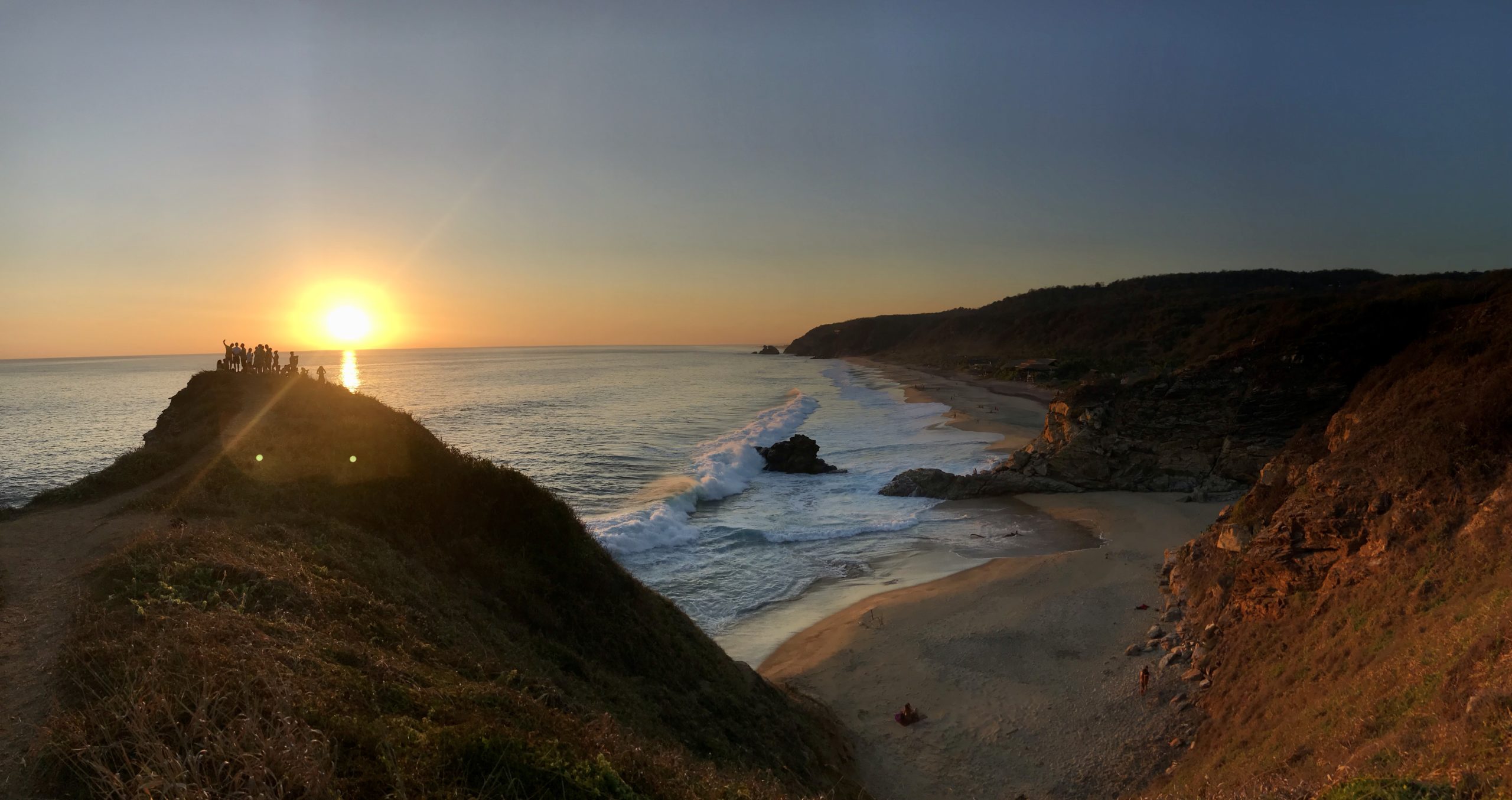
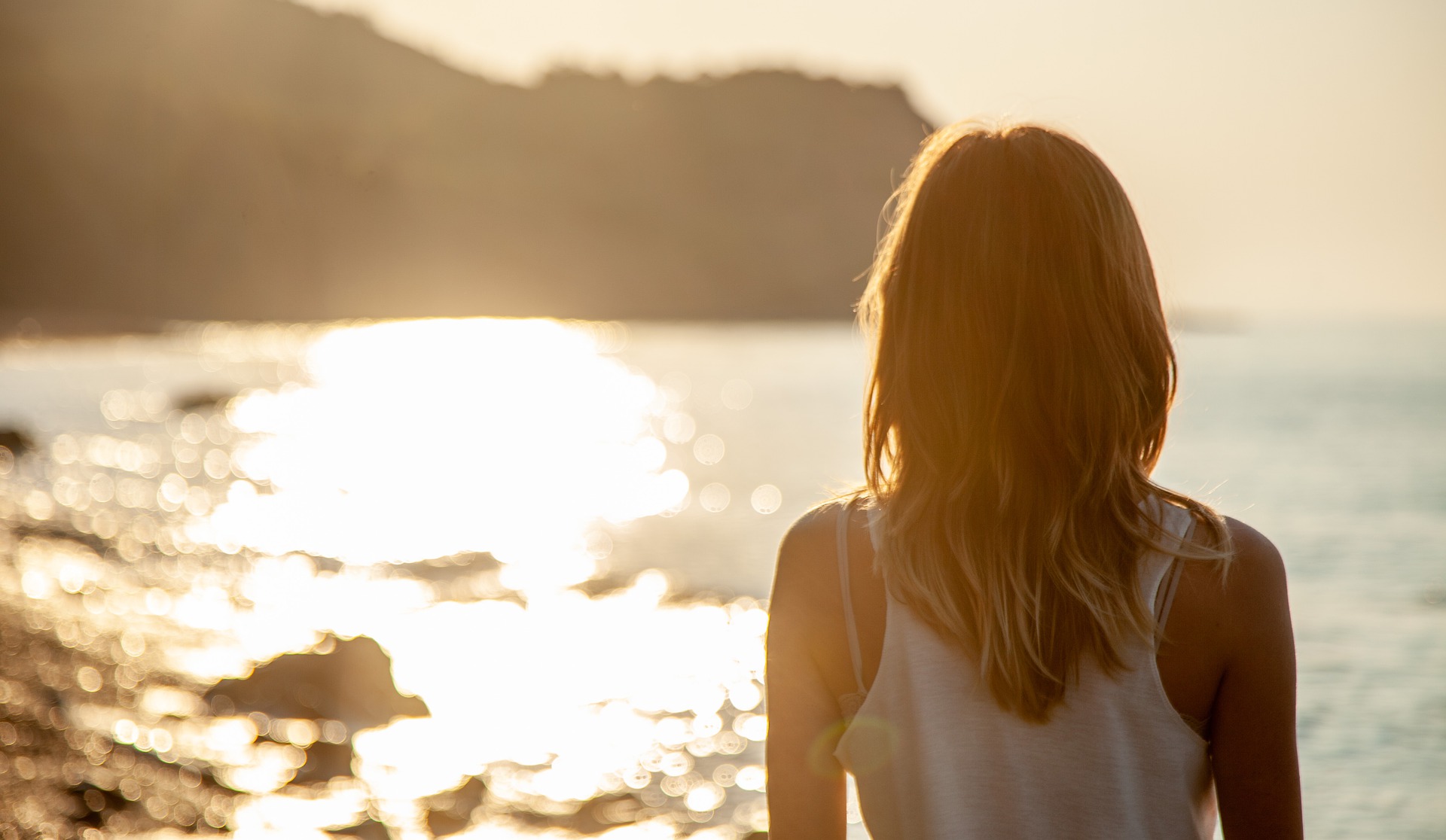

Justin
Long time supporter, and thought I’d drop a comment.
Your wordpress site is very sleek – hope you don’t mind me asking what theme you’re using?
(and don’t mind if I steal it? :P)
I just launched my site –also built in wordpress
like yours– but the theme slows (!) the site down quite a
bit.
In case you have a minute, you can find it by searching for “royal cbd” on Google (would appreciate any
feedback) – it’s still in the works.
Keep up the good work– and hope you all take care of yourself during
the coronavirus scare!
Mama
The other two main activities I got up to in Puerto Escondido were releasing baby sea turtles and having a surf lesson. One was definitely more successful than the other! I ll let you guess which!
Toni
Oh no! I am going to assume your baby sea turtle survived the gulls and crashing waves then!
I did not get to try surfing in Puerto Escondido, but have done so in Australia. It is difficult! I’d be willing to try again, though.
Cheers!